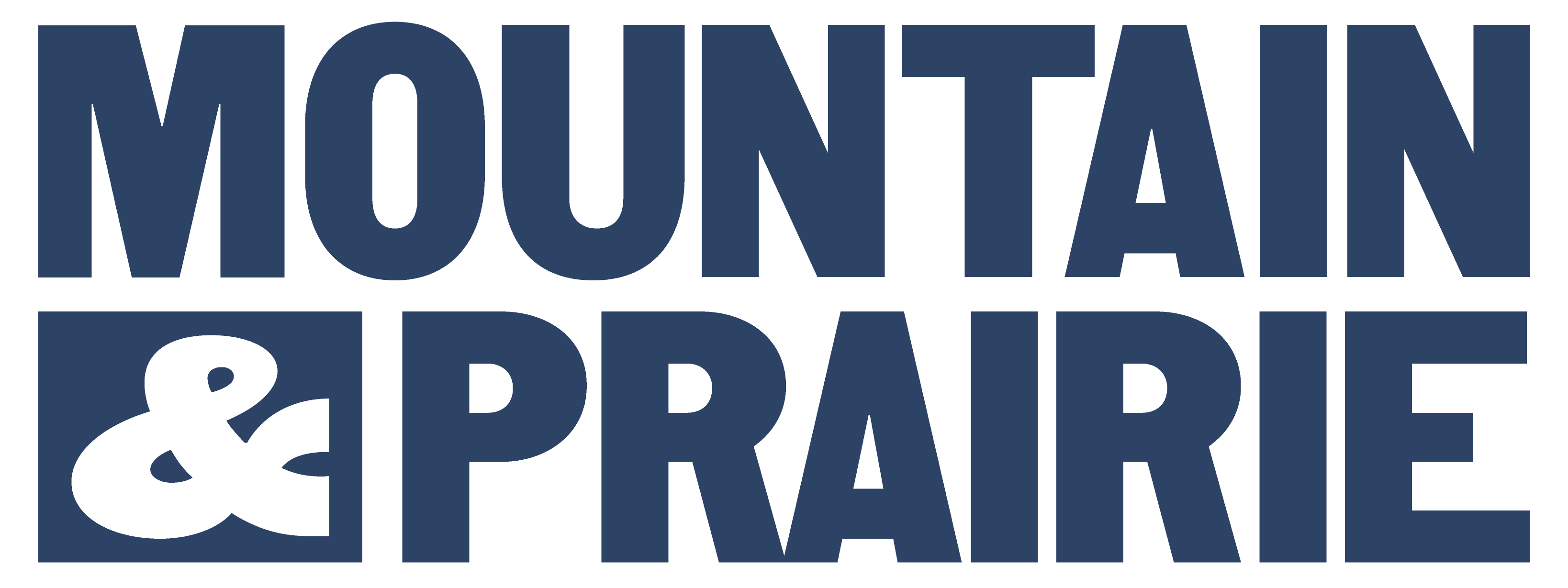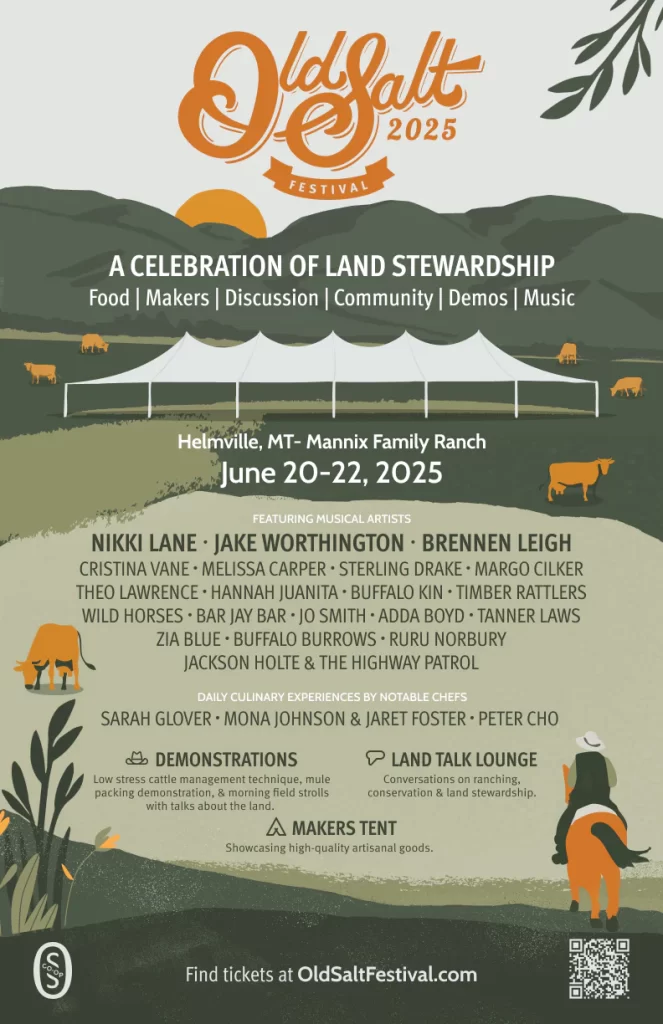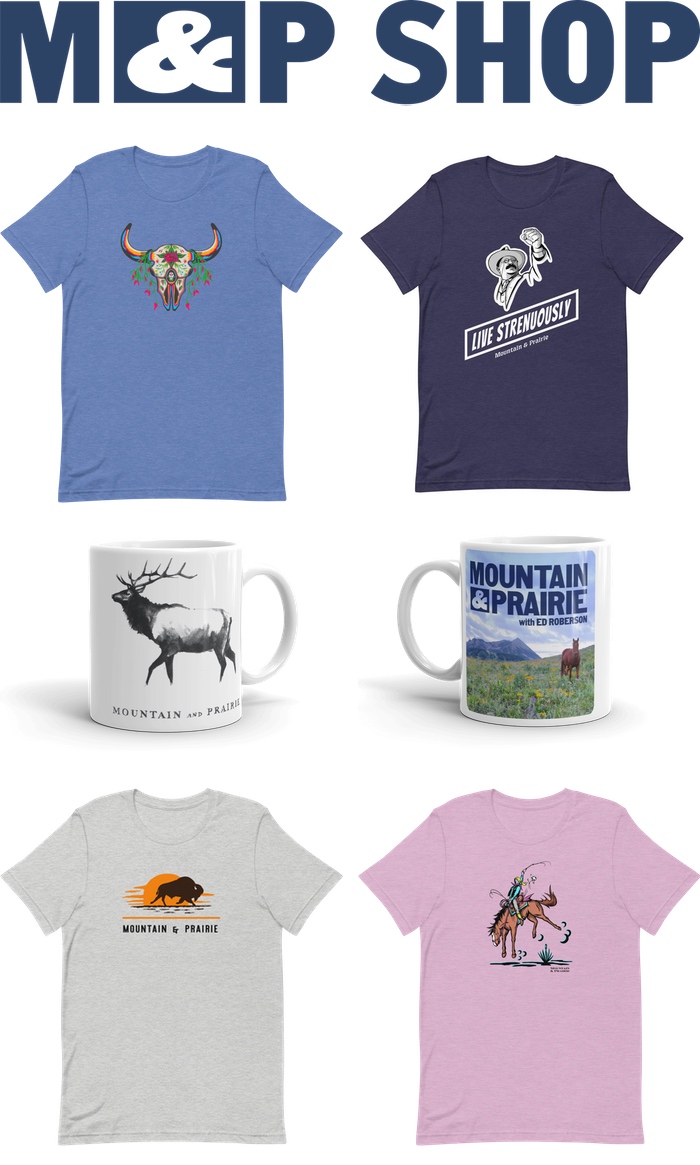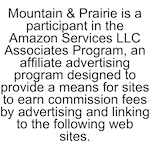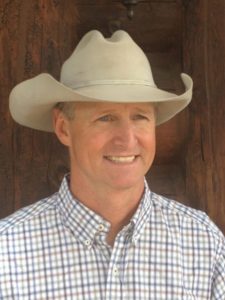
Longtime listeners of the podcast will definitely remember my first interview with Jim Howell—he is a rancher and CEO of Grasslands LLC, a progressive ranch management company with operations in the American West, Florida, and New Zealand. Jim was also a co-founder of the Savory Institute, a non-profit organization that espouses the use of holistic planned grazing to restore healthy grasslands around the world. Having worked close to the land his entire career, Jim has a fascinating personal and professional backstory, so I encourage you to listen to our first episode, if you haven’t already.
Knowing that many Mountain & Prairie podcast listeners either work in ranching or are interested in holistic ranch management, Jim and I decided to have a second conversation focused on more of the nitty gritty details of his process for managing ranches. We discuss a wide range of topics, from how Jim and his investors identify ranches as potential acquisitions to their methods for increasing stocking rates while simultaneously improving the health of the grass. We discuss the intense, focused planning that goes into each operation, and Jim explains how his grazing process translates into increased biodiversity and improved ecological health of the entire landscape. This conversation is like a college class in ranch management, only much more fun and engaging.
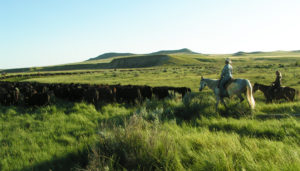
Our conversation revolves around two of Grasslands’ eastern Montana ranches—the 53,000+/- acre Antelope Springs Ranch and the 38,000+/- acre Cinch Buckle Ranch. My Mirr Ranch Group colleague Duffy Brown and I are working with Jim to market both of these ranches, so we’re familiar with the operations and landscapes and understand the amazing results that Jim and his team have been able to achieve. Both ranches serve as excellent case studies of how holistic management can bolster the health of the grass, increase profitability, and be a true winning proposition for the land, animals, and all other stakeholders.
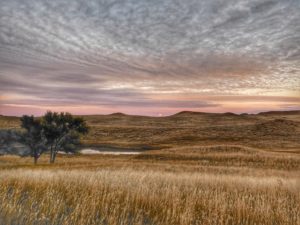
Even if you don’t have a specific interest in ranches or grasslands, you’ll still get a lot out of this episode. Jim has very wise answers to some of the quick questions that I didn’t ask during our first interview, and he offers plenty of great book recommendations, including one book that Jim thinks every college freshman should read. The episode is packed with great information, so don’t forget to check the episode notes. Jim is a hardworking, curious, humble, and smart guy who has managed to create a fulfilling career that’s making the world a better place, so I know you’ll enjoy the conversation.
All photos courtesy of Jim Howell & Grasslands LLC
Click Here to Download on iTunes
—
Click Here to Download on Google Play
—
Click Here to Download on Stitcher
—
Episode Notes
Topics Discussed:
- Jim Howell – first podcast interview
- Jim on Instagram
- Grasslands LLC
- Savory Institute
- Daniella Ibarra-Howell
- For the Love of Land: Global Case Studies of Grazing in Nature’s Image by Jim Howell
- Antelope Springs Ranch
- Cinch Buckle Ranch
- Allan Savory
- Cattle Kingdom by Christopher Knowlton
- The Rise of Theodore Roosevelt by Edmund Morris
- Bad Land by Jonathan Raban
- PastureMap
- Christine Su Podcast Interview
- Cattle Ranches for Investment-Minded Buyers by Ed Roberson
- How to Not Go Broke Ranching by Walt Davis
- Holistic Management by Allan Savory
- No Risk Ranching: Custom Grazing on Leased Land by Greg Judy
- American Serengeti by Dan Flores
- Dan Flores Podcast interview
- Guns, Germs, and Steel by Jared Diamond
